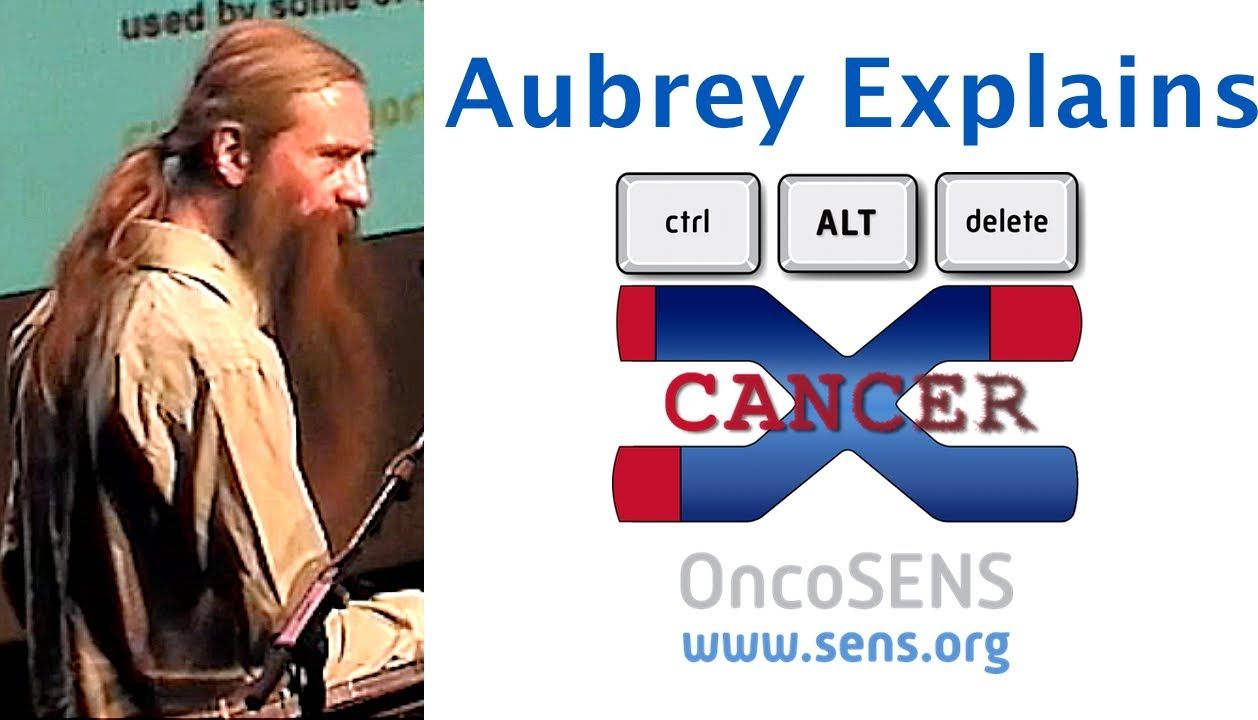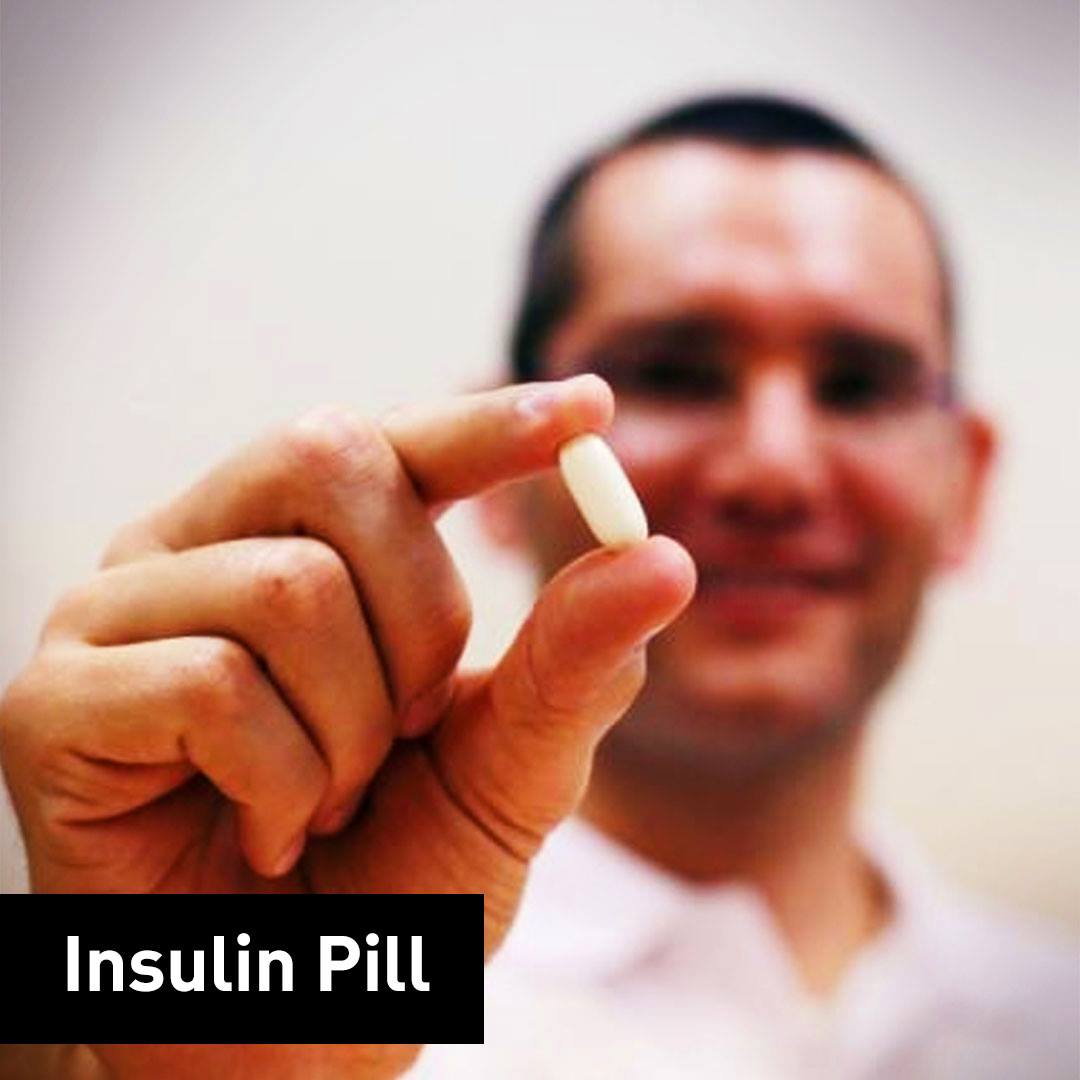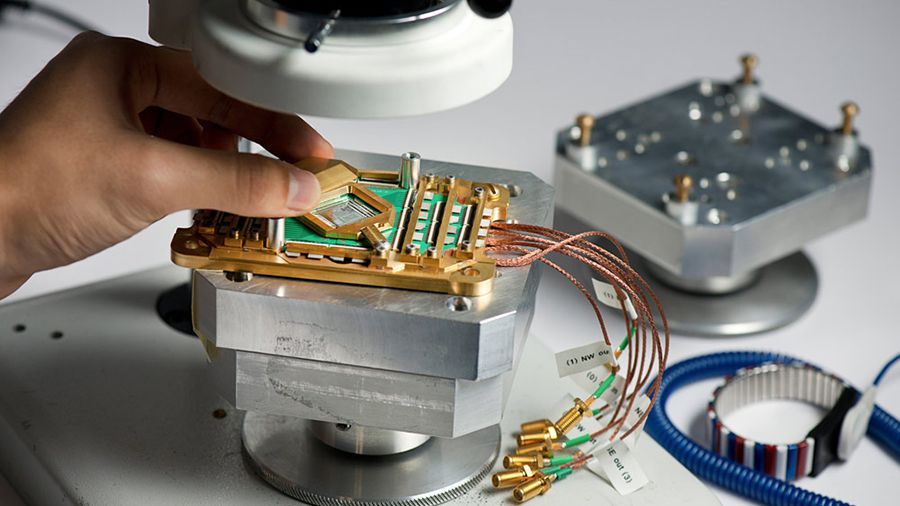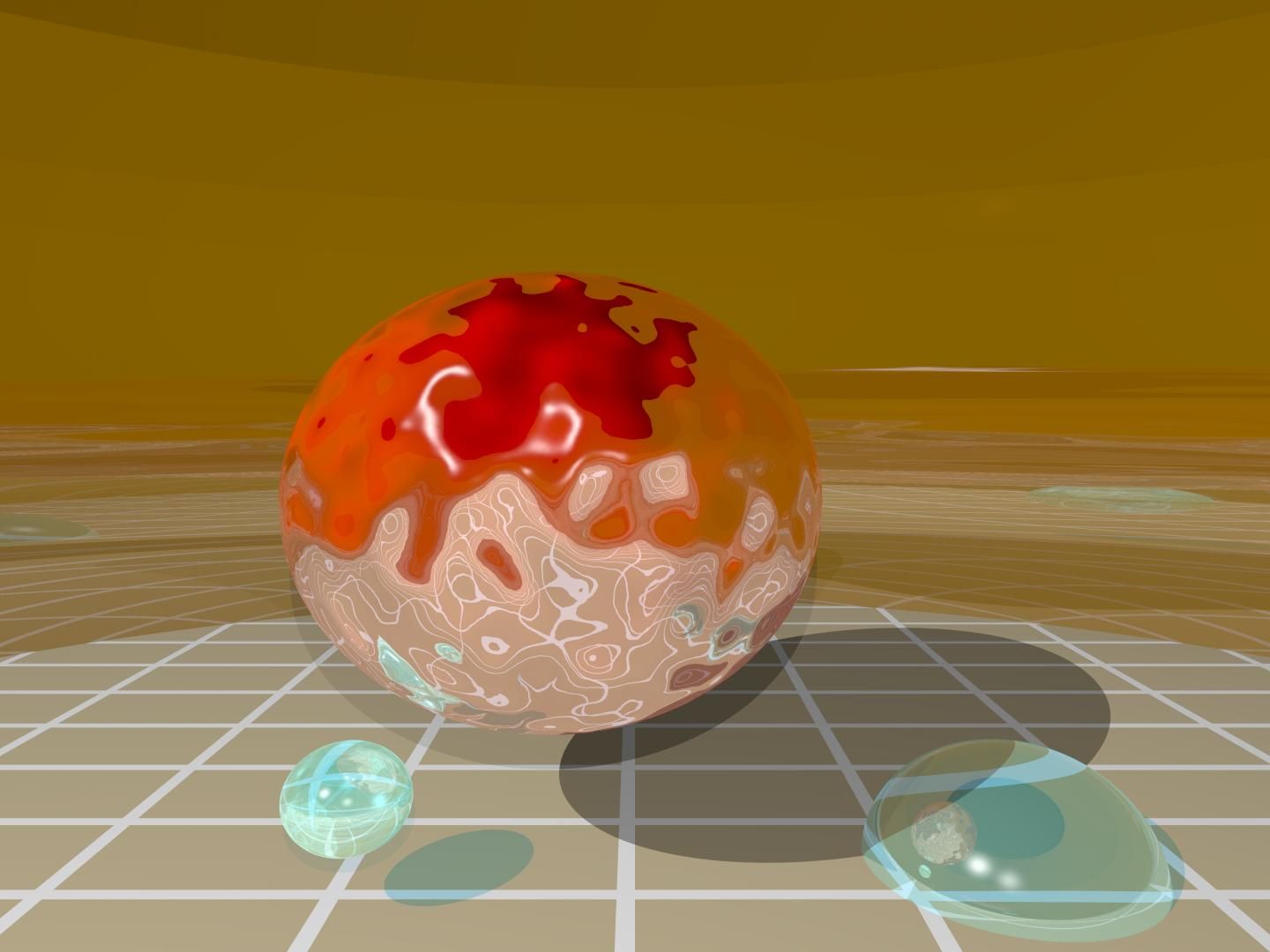Page 10999
Aug 6, 2016
How to Feed Ten Billion: Lab-Made ‘Clean Meat’ Burgers are Future of Food
Posted by Dan Kummer in categories: energy, food
The rapid growth of the world’s human population raises the issue of more efficient food production; one solution to the problem is “clean meat,” which is produced in the equivalent of meat fermenters, Bruce Friedrich, Executive Director of the Good Food Institute, told Radio Sputnik.
The world’s human population reached 7.4 billion in March 2016, having reached 7 billion in October 2011. In 2050, it is expected to reach 9.7 billion, raising the question of how to produce enough food for everybody.
Continue reading “How to Feed Ten Billion: Lab-Made ‘Clean Meat’ Burgers are Future of Food” »
Aug 6, 2016
Aubrey de Grey Explains SENS Anti-Cancer Strategy and Lifespan.io Campaign at D.N.A. Conference
Posted by Steve Hill in categories: biotech/medical, life extension

Dr. Aubrey de Grey of the of the SENS Research Foundation explains the OncoSENS approach to curing ALT-Cancer, the corresponding crowdunding campaign (https://www.lifespan.io/campaigns/sens-control-alt-delete-cancer/), and how this is a vital part of overcoming the ill-effects of aging.
This presentation is part of the Designing New Advances conference held by the Institute of Exponential Sciences in the Netherlands, orchestrated by Demian Hoed, and Lotte Van Norte.
Aug 6, 2016
KEPLER 186F — LIFE AFTER EARTH — Documentary
Posted by Klaus Baldauf in categories: alien life, education

https://www.youtube.com/watch?v=5HZsFMqqGJo
KEPLER 186F — LIFE AFTER EARTH — 2014 Documentary
* Our New Channel for Documentary 1080p HD — https://www.youtube.com/advexon
* Subscribe for more Scientific & Technological Videos
* Like & Share
* go to our website http://www.advexon.com
Continue reading “KEPLER 186F — LIFE AFTER EARTH — Documentary” »
Aug 6, 2016
Reversing Aging: Clinical Trials For “Young-to-Old” Blood Transfusions Begin
Posted by Shailesh Prasad in categories: biotech/medical, life extension

California-based startup Ambrosia is starting clinical trials that will see older people pumped with blood from younger donors, in the hopes of rejuvenating their bodies.
Reversing and eliminating aging has always been one of the true Holy Grails of medical science. Like the search for the rumored Grail, the journey to eliminate aging will be a difficult one– and there is some doubt as to whether it is actually achievable.
Continue reading “Reversing Aging: Clinical Trials For ‘Young-to-Old’ Blood Transfusions Begin” »
Aug 6, 2016
The beginner’s guide to quantum computing
Posted by Karen Hurst in categories: computing, quantum physics
Aug 6, 2016
New Form Of Light Could Make Study Of Quantum Phenomena Easier
Posted by Karen Hurst in categories: materials, quantum physics
In a development that could greatly help the study of quantum phenomena, scientists have created a theoretical model for a new form of light that combines the properties of photons and electrons. If turned into reality, the new light form could also be used to make electrical circuits which at present use electrons for conduction.
Scientists from Imperial College London published a study in the journal Nature Communications on Friday that shows “it is possible to create a new form of light by binding light to a single electron, combining the properties of both,” according to a statement issued by the college.
Light, which is made up of photons, usually interacts with a large number of electrons on the surface of whatever material it comes in contact with. For the study, researchers from Imperial used “a recently discovered class of materials known as topological inhibitors.” Combining that with “theoretical physics to model the behavior of light,” they found that light could interact with only one electron on the surface.
Continue reading “New Form Of Light Could Make Study Of Quantum Phenomena Easier” »
Aug 6, 2016
USC quantum computing researchers reduce quantum information processing errors
Posted by Karen Hurst in categories: computing, information science, quantum physics, robotics/AI
Quantum computing remains mysterious and elusive to many, but USC Viterbi School of Engineering researchers might have taken us one step closer to bring such super-powered devices to practical reality. The USC Viterbi School of Engineering and Information Sciences Institute is home to the USC-Lockheed Martin Quantum Computing Center (QCC), a super-cooled, magnetically shielded facility specially built to house the first commercially available quantum optimization processors — devices so advanced that there are currently only two in use outside the Canadian company D-Wave Systems Inc., where they were built: The first one went to USC and Lockheed Martin, and the second to NASA and Google.
Quantum computers encode data in quantum bits, or “qubits,” which have the capability of representing the two digits of one and zero at the same time — as opposed to traditional bits, which can encode distinctly either a one or a zero. This property, called superposition, along with the ability of quantum states to “interfere” (cancel or reinforce each other like waves in a pond) and “tunnel” through energy barriers, is what may one day allow quantum processors to ultimately perform optimization calculations much faster than is possible using traditional processors. Optimization problems can take many forms, and quantum processors have been theorized to be useful for a variety of machine learning and big data problems like stock portfolio optimization, image recognition and classification, and detecting anomalies. Yet, exactly because of the exotic way in which quantum computers process information, they are highly sensitive to errors of different kinds.
Aug 5, 2016
We just got even weirder results about the ‘alien megastructure’ star
Posted by Dan Kummer in category: alien life
Last year, the world freaked out over the discovery of a star that was dimming and flickering so erratically, it couldn’t be explained by any known natural phenomenon — prompting one scientist to actually go there and suggest it could be evidence of some kind of alien megastructure.
Follow-up studies have revealed no signs of alien behaviour, but NASA’s Kepler Space Telescope has just spent around 1,600 days observing the star, and things have gotten a lot weirder.
“We spent a long time trying to convince ourselves this wasn’t real,” one of the researchers, Ben Montet from Caltetch, told Maddie Stone over at Gizmodo. “We just weren’t able to.”
Continue reading “We just got even weirder results about the ‘alien megastructure’ star” »














